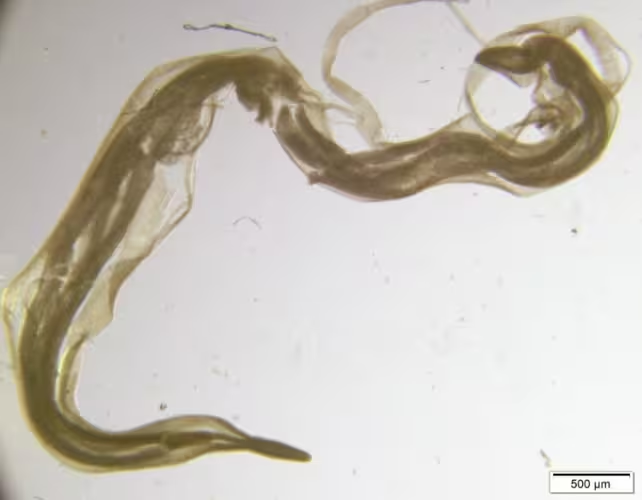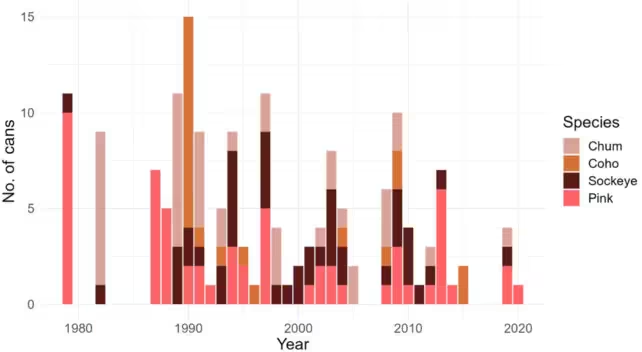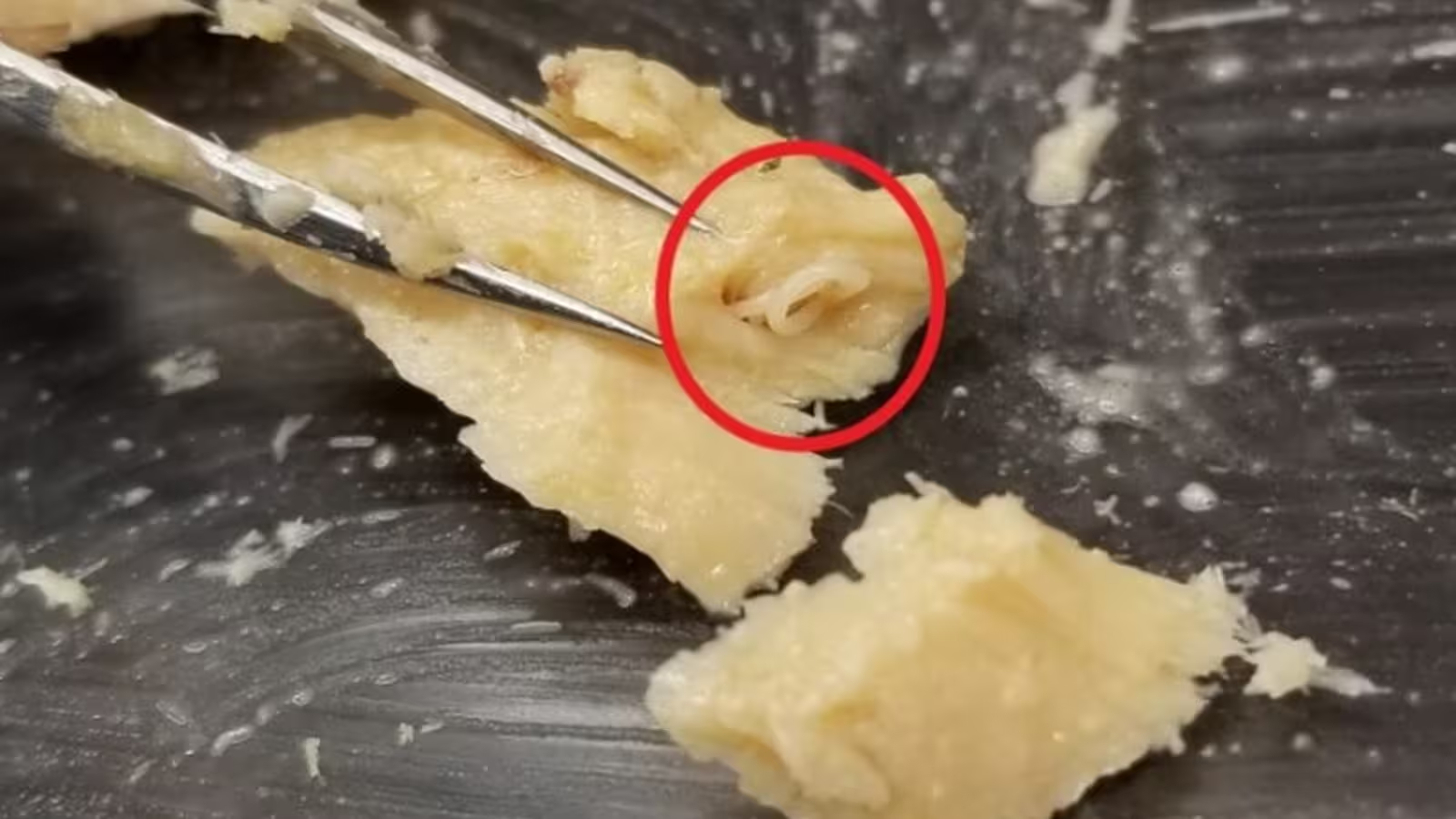5 Minutes
Old Salmon Cans Become Unexpected Time Capsules for Marine Science
In an unusual twist, expired cans of salmon stored for quality control purposes have provided marine ecologists with a remarkable record of Alaskan marine life. Researchers from the University of Washington, including parasite ecologists Dr. Natalie Mastick and Dr. Chelsea Wood, uncovered a wealth of ecological data from nearly half a century of canned salmon—offering rare insights into the changing dynamics of ocean parasites and the broader health of the region’s ecosystem.
Canned salmon, often an ordinary pantry item, turned out to function as a natural history archive, quietly preserving biological evidence from the remote Gulf of Alaska and Bristol Bay, spanning from 1979 to 2021. The research team received 178 cans from the Seattle Seafood Products Association, each representing one of four Pacific salmon species: chum (Oncorhynchus keta), coho (Oncorhynchus kisutch), pink (Oncorhynchus gorbuscha), and sockeye (Oncorhynchus nerka).
Parasites as Ecological Indicators
Understanding the Anisakid Worm Life Cycle
The principal surprise within the decades-old canned salmon was the presence of anisakid nematodes—tiny marine worms about 1 centimeter (0.4 inches) long. While the thought of consuming worms is unappealing, these parasites are neutralized by the canning process and pose no health risk to humans. More importantly, their presence serves as an ecological marker.
Dr. Wood, senior author of the study, explains: "The anisakid life cycle weaves together multiple strands of the marine food web. Finding them in preserved fish implies that complex ecological interactions remain intact, suggesting that the salmon originated from a healthy environment."
Anisakid larvae enter marine food webs when consumed by krill. Krill, in turn, become prey for salmon and other larger fish. Eventually, these worms reach their adult form in marine mammals, such as seals and whales, where they reproduce and release eggs back into the ocean to restart the cycle. Should essential hosts like marine mammals become scarce, anisakid populations dwindle—making these worms reliable indicators of ecosystem structure and stability.

Analyzing 42 Years of Ecological Data
The University of Washington team carefully dissected the salmon fillets, despite the challenges posed by preservation techniques that degrade parasite morphology over time. Their detailed counts of anisakid worms per gram of fish revealed striking trends: worm prevalence grew in both chum and pink salmon over the 42-year period, while remaining consistent in coho and sockeye.
"An upward trend in parasite numbers in pink and chum salmon suggests that all the necessary hosts for the anisakid life cycle remained present or have recovered, an encouraging sign for ecosystem resilience," Dr. Mastick, lead author of the study, notes. Yet, the study found stable worm levels in coho and sockeye. The cause remains uncertain, particularly as canning makes it challenging to identify worms beyond the family level—raising questions about differences in host species or parasite biology.
Implications for Marine Conservation and Parasite Ecology
The findings not only illustrate the value of parasites as bioindicators but also highlight the potential of unconventional archival resources in studying marine history. Detailed parasite data can help scientists track changes in ocean biodiversity, impacts of climate change, and conservation outcomes—especially for often-overlooked components of marine food webs, like anisakids.

Looking Ahead: Innovative Use of Food Industry Archives
The novel approach of repurposing expired grocery goods as an ecological archive may inspire similar research worldwide. Existing food safety samples and quality control archives could hold untapped ecological information, serving as time capsules for tracking the health of marine environments and their intricate food webs.
As Dr. Wood notes, “Finding worms in your salmon isn’t a sign of contamination, but of biodiversity and intact ecosystems. Such discoveries can reshape our understanding of how parasites influence—and reflect—marine health.”
Conclusion
The study of preserved anisakid worms in decades-old salmon cans demonstrates that even the most overlooked materials can offer priceless insights into the natural world. By examining parasites as indicators, scientists are not only revisiting the history of Alaskan marine ecosystems but also refining conservation science for the future. This research underscores the innovative intersection of food technology and ecological monitoring, opening new doors for cost-effective, large-scale assessment of environmental health and biodiversity.



Comments